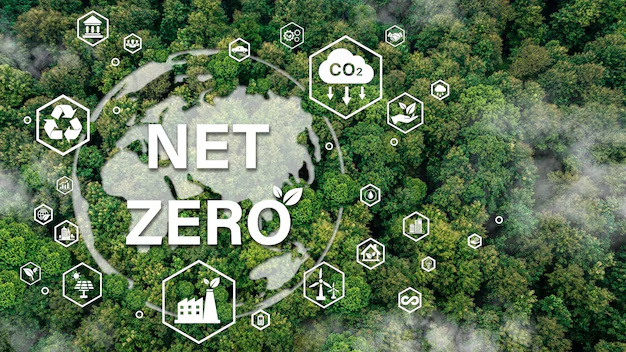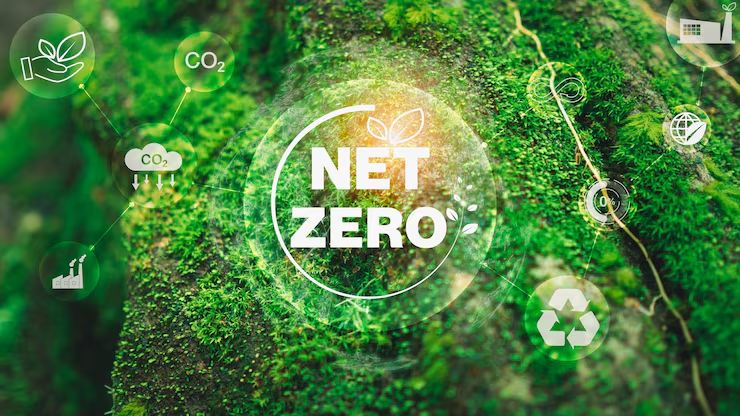Decarbonization Roadmap
How to Start on the Path to Net Zero

The climate crisis is an urgent global challenge that demands immediate action. Decarbonization, the process of reducing greenhouse gas emissions, is essential for mitigating the impacts of climate change and ensuring a sustainable future. For businesses, developing a comprehensive decarbonization roadmap is crucial to achieving net-zero emissions and contributing to a more sustainable economy.
Understanding Your Starting Point
The first step in developing a decarbonization roadmap is to gain a comprehensive understanding of your current carbon footprint. This involves conducting a thorough assessment of your operations, identifying key sources of emissions, and quantifying their impact. By establishing a baseline, you can set realistic targets and track your progress effectively.
Setting Ambitious Yet Achievable Goals
Once you have a clear understanding of your starting point, it's time to set ambitious yet achievable net-zero goals. Consider industry benchmarks, global trends, and your organization's specific circumstances when setting targets. Break down your long-term goals into short-term milestones to create a manageable roadmap.
Creating a Decarbonization Action Plan

Developing a detailed action plan is essential for achieving your decarbonization goals. Identify specific actions to reduce emissions in key areas such as energy, transportation, and supply chain. Prioritize these actions based on their potential impact and feasibility.
Engaging Stakeholders
Decarbonization is a collaborative effort that requires buy-in from all levels of the organization. Engage employees, customers, suppliers, and other stakeholders in the process. Foster a culture of sustainability and encourage employee participation in initiatives to reduce emissions.
Leveraging Technology and Innovation
Advancements in technology offer numerous opportunities to reduce emissions. Explore options such as renewable energy sources, energy-efficient equipment, and carbon capture and storage solutions. Invest in research and development to support innovation in decarbonization technologies.
Measuring Progress and Adapting

Implement a robust monitoring and reporting system to track your progress towards your net-zero goals. Regularly assess your performance and identify areas for improvement. Be prepared to adapt your roadmap as circumstances change and new opportunities arise.
The Role of WOCE
At WOCE, we offer comprehensive support to businesses embarking on their decarbonization journey. Our team of experts, utilizing WOCE's AI powered tool esgpro.ai can assist with:
1. Carbon footprint assessment: Accurately measuring your organization's emissions.
2. Strategy development: Creating tailored digital decarbonization roadmaps aligned with your business objectives.
3. Technology implementation: Identifying and implementing suitable technologies to reduce emissions.
4. Regulatory compliance: Ensuring compliance with relevant environmental regulations.
5. Predictive Analytics for Emissions & Net Zero Targets: Utilizing predictive analytics to forecast emissions and track progress.
By partnering with WOCE, you can accelerate your progress towards a sustainable future and contribute to the global effort to combat climate change.
Conclusion
Decarbonization is a critical challenge facing businesses today. By developing a well-crafted roadmap, engaging stakeholders, and leveraging technology, organizations can successfully reduce their carbon footprint and contribute to a more sustainable future. WOCE is committed to supporting businesses on this journey and providing the expertise and resources needed to achieve their decarbonization goals.




